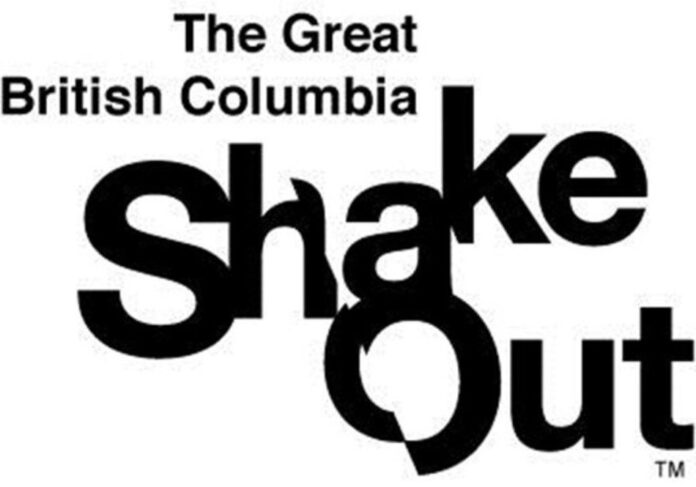The Great BC Shakeout happens tomorrow.
The annual drill encourages residents to Drop, Cover and Hold On across BC. British Columbia is considered at high risk for earthquakes and ShakeOutBC is an opportunity to practice how to be prepared during an earthquake.
At 10:20 a.m. tomorrow, people throughout B.C. in schools, workplaces and public places, will practice how to drop, cover, and hold on.
Brett Gilly, associate professor of earth, ocean, and atmospheric sciences at UBC, says BC is a fairly active tectonic zone off the coast.
Gilly recommends, in regards to earthquake-preparing your home, to take things off your walls that you wouldn’t want to hit you when they come down. For example, pictures hanging above beds, or ceramic things.
“The safest place inside a home is going to be under a sturdy table or a desk. Sometimes people suggest you should get in a doorway,” said Gilly. “This isn’t actually a very good place because if you’re trying to hold yourself in a doorway with a door there, the door will be swinging back and forth and you can actually get really badly injured— like broken fingers and by being hit by the door. So a doorway is a stable place, sort of an arch if there’s no door there, but otherwise you want to be under a table or a desk.”
Gilly recommends against doing ‘the triangle of life’, where someone leans up against an object and has another object covering them at an angle.
If you’re not at home when an earthquake strikes and you’re out and about in town, he recommends you pay attention to the sidewalk and road.
“When we look at how modern cities are affected, we actually have a fairly low chance of dying in a large earthquake. So when people are really worried about earthquakes, I tell them that the way they can be safer is to drive better and pay more attention when they’re walking on sidewalks, because we’re much more likely to be injured in or around cars.”
It’s also recommended that people prepare by making a home emergency plan and building a home emergency kit and grab-and-go bags with supplies for at least 72 hours. Kits should include non-perishable food, such as cans or granola bars, a first-aid kit, flashlights, extra batteries, a radio and a backup of all critical documents.
“You need quite a lot of stuff,” said Gilly. “So that’s one of the things that we’re really interested in making sure people have. I often suggest it’s an awesome Christmas gift. ‘Here. I love you. Here’s some emergency supplies.’”
Compared to places like California which aren’t as active (but actively talk about fault lines), Gilly says BC has a different type of plate arrangement that can produce earthquakes around the magnitudes of 8 or 9.
“When we look at these earthquakes, we start to worry about a magnitude of six or seven. In 2001 there was a fairly large earthquake in Washington state, and we felt it in much of southwestern British Columbia,” said Gilly. “The ones we’re really worried about though are subduction interface earthquakes right where the subduction zone where the two plates meet. It’s about 300 km off the coast of Vancouver Island, but it could produce a large earthquake that would be felt throughout the province. Those are the ones we most worry about. The last really big one like that, we believe, was about 300 years ago.”
Earthquakes have a chance of impacting infrastructure around the province.






